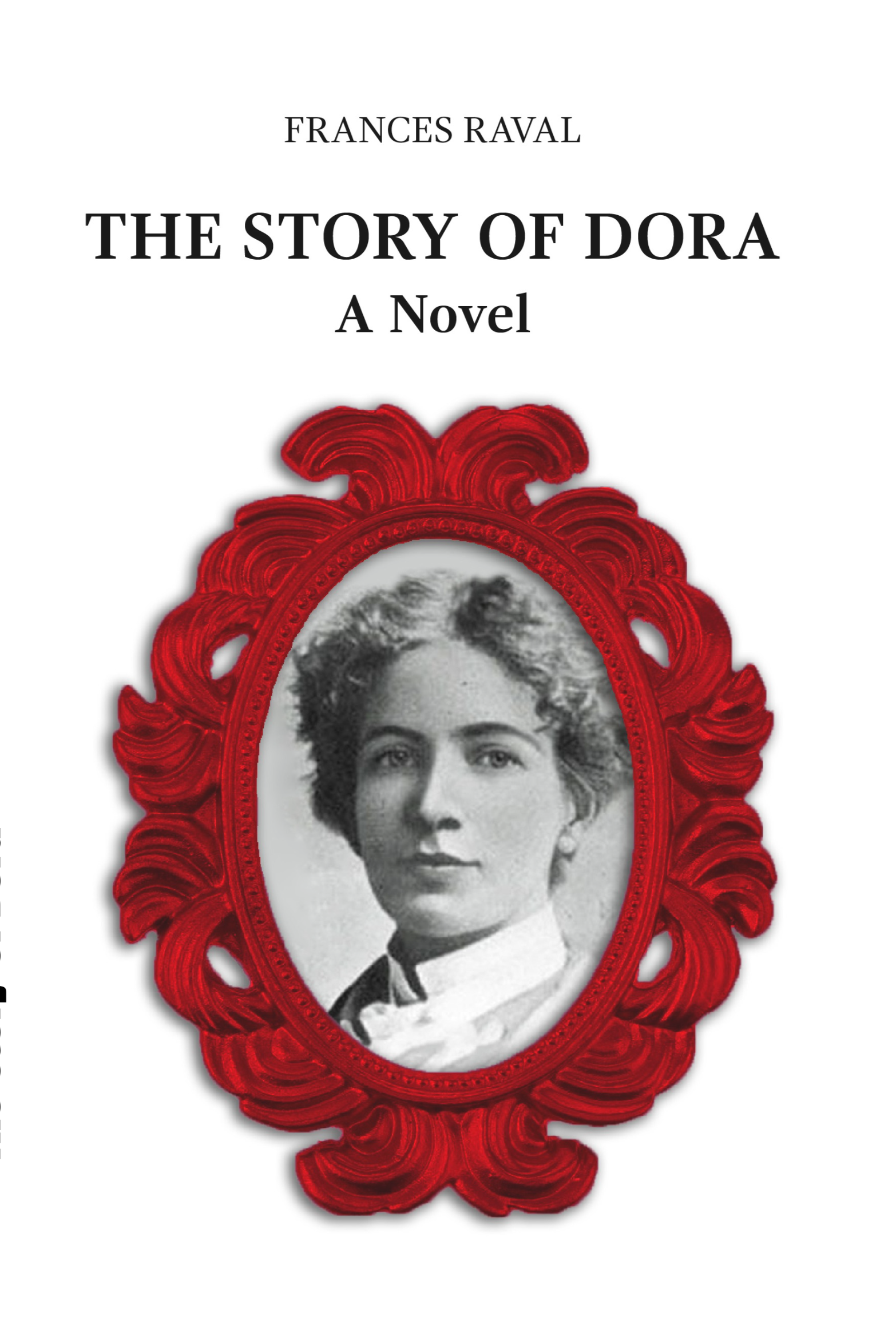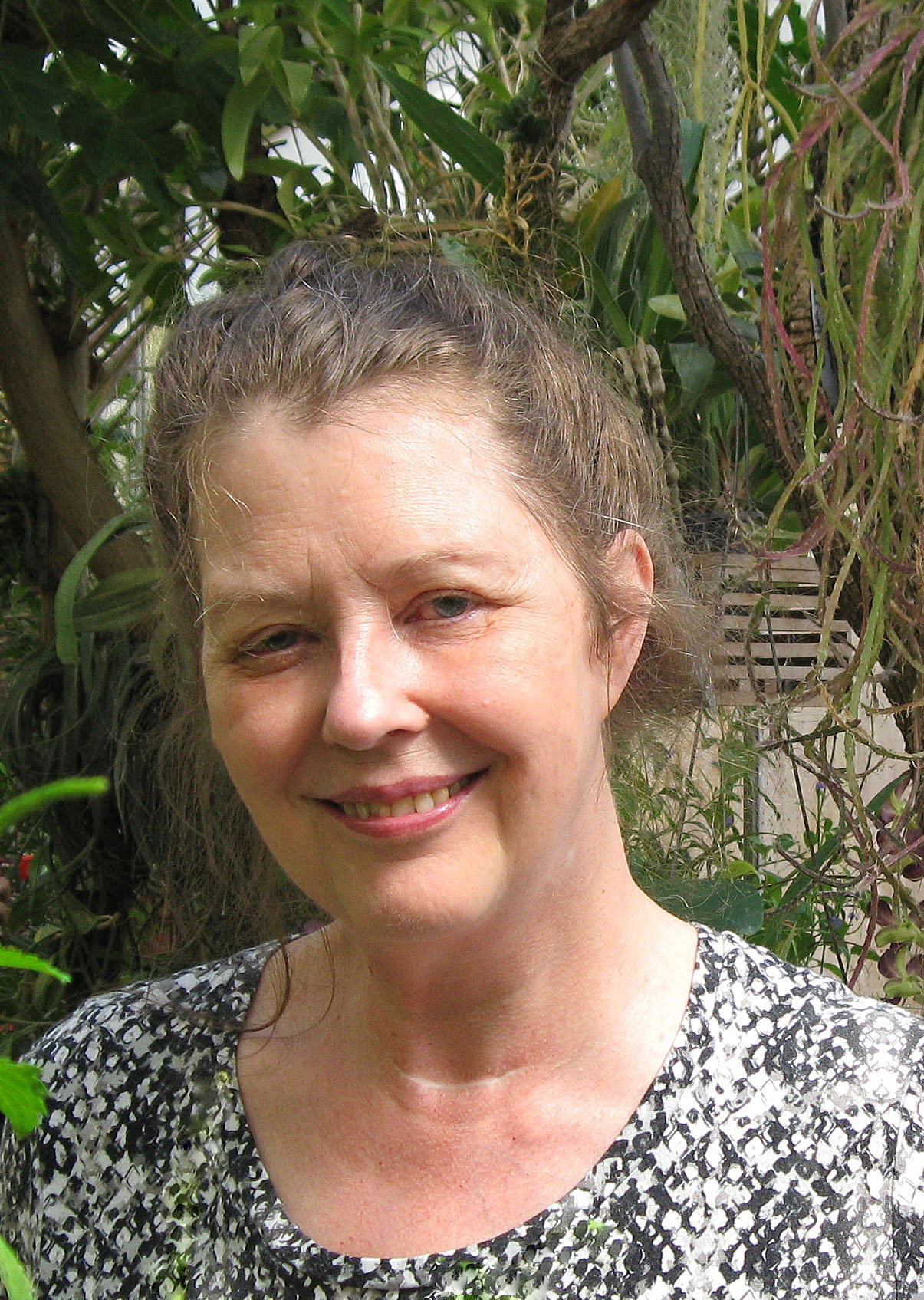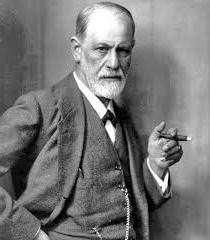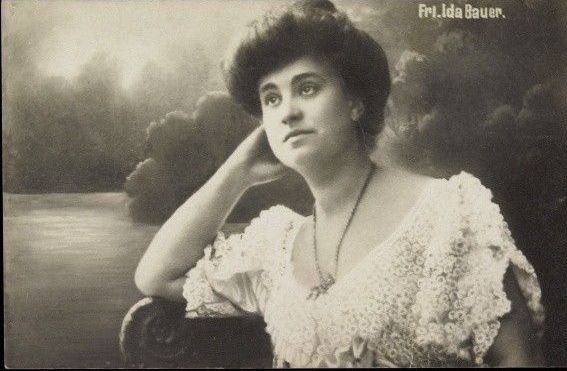|

|
by

FRANCES
RAVAL
346 pages
|
 |
|
978-1-937030-06-3 (2019 US Edition) |
 |
978-9-403638-19-5
(2021 European Edition) |
|
AVAILABLE IN
THE UNITED KINGDOM, THE NETHERLANDS, GERMANY, SPAIN, PORTUGAL,
FRANCE |
|
 |
.jpg) |
|
FRANCES RAVAL, HER
HUSBAND SURESH AND THEIR DAUGHTER SHANTI |
FRANCES RAVAL IN HER GARDEN AT TUCSON, AZ |
|
In this incandescent novel Frances Raval
gives superbly vivid, powerful and at times wickedly funny
portrayals of the foundations of Freudian psychoanalysis as it
emerged in the 1890s and thus by implication of the inner life
of the whole epoch influenced by Freud. The Story of Dora
is a richly ironic and imaginative reconstruction of the famous
Freudian case-history, Dora: An Analysis of a Case of
Hysteria. The novel shows Freud’s handling of the case to be
one of his most scandalous impositions of theory onto a reality
that protests it. Frances Raval’s narrative vividly captures the
heady sense of Freud’s convictions in the 1890s when he was in
the process of formulating his basic mythos—in the years before
the Clark Lectures—under the influence of his mentor Fliess that
he later tried to conceal and deny. Its treatments of Fliess and
Freud are devastatingly funny, and it portrays with great
clarity and force Dora’s independence of thought and ferocious
integrity despite all the constraints placed upon her by her
society, family and medical practitioners. Though caught in the
bizarre web of their power, control and theories, Dora emerges
as a remarkably strong and vibrant modern woman. The novel’s
treatment of turn-of-the century Vienna and its rampant familial
corruption, which is also at the heart of Freud’s own theory, is
strikingly realistic. With elegance, subtlety and ironic
undertone, the novel shows that a great deal of the material in
Freud’s own original text came from his mind and not Dora’s,
that it was he who was “free associating” on her behalf.
|
 |
 |
|
SIGMUND FREUD |
IDA BAUER 'DORA' |
 |
Frances Raval grew up in a Polish American Catholic family in the
Pacific Northwest. She studied at the University of Washington and in
1974 moved to Tucson, Arizona with her husband, Suresh. She had an
incredible ability to listen to others and recall perfectly the details
of their conversations. She mesmerized her siblings and friends with her
talent in telling stories. She meticulously researched and developed her
novel while raising their daughter and dealing with health challenges.
She passed away in September 2016.
|


